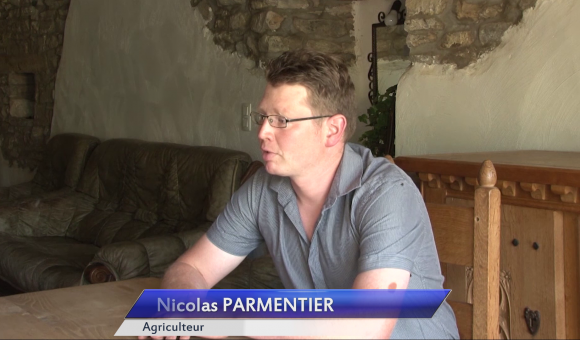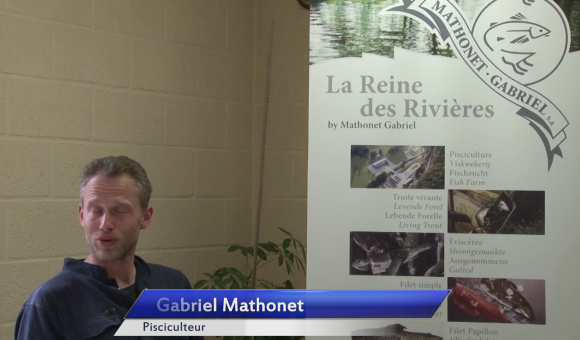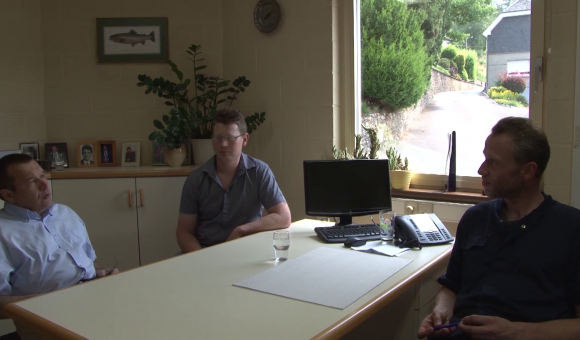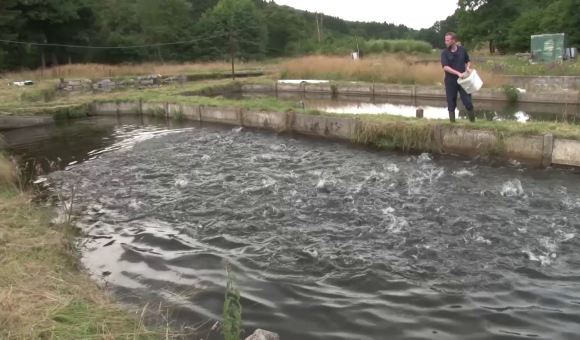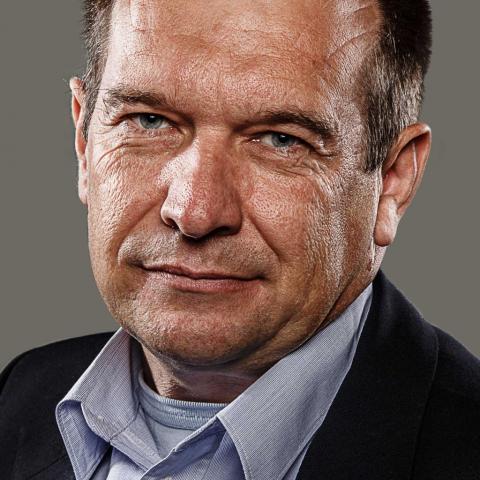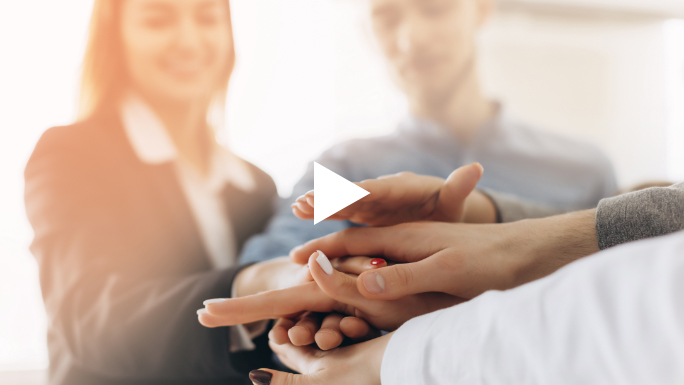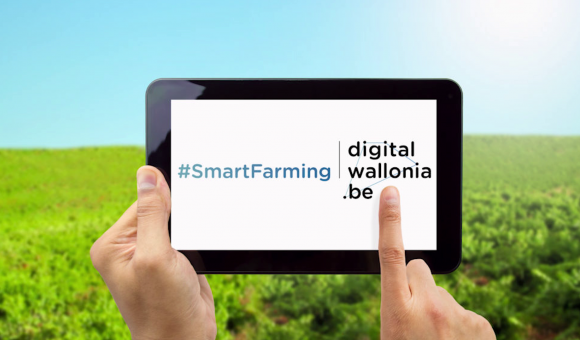
Will the Libramont Agricultural Fair end with a new digital-led agricultural revolution in the background?
Two connected farmers are experimenting... with all the risks this entails.
Although the introduction of digital technology in agriculture started a few years ago, digitisation still makes it possible today to reassess the sector, broaden the skills of farmers, and consequently rapidly modernise their equipment and farms.
Farmers have always practised a technical profession, based on handling tools and precise treatments, and digitisation brings even more new tools to help continue these practices.
I met 2 farmers with different professions, but who have come together in an emerging technology which could improve their living standards by adapting the constraints which impact their quality of life.
I would like to share their projects with you through this small article and the video made for the 84th Libramont Agricultural Fair.
They have already gone beyond the idea of "precision agriculture" which only pertains to a specific market or technological trend and which makes more targeted action possible, and is cheaper in terms of inputs, to try to achieve optimum productivity with techniques and tools which are developing very rapidly.
Our two friends can be considered as early adopters of digital tools.
In the sense of early adopters adopting new products before everyone else. They look out for trends, anticipate them and sometimes actually create them.
They want to use video surveillance equipment, mounted on agricultural drones, to monitor livestock or the farm itself by integrating artificial intelligence to detect "anomalies".
As such, they aim to simplify key tasks in order to achieve a better quality of life and increase the profitability of their farming activity.
One of them by remotely monitoring their livestock, by receiving on their smartphone the geolocation and health status of animals which may or may not be equipped beacons (IoT), the other one by avoiding predators and the directly associated economic losses.
The use of different sensors makes personalised diagnosis and information processing possible, offering considerable productivity gains and savings in terms of resources, and in the case of Mr Mathonet's fish farm, the preservation of the environment as well. These detection tools (drones, video surveillance) linked to decision support systems, can prevent hazards (e.g. a sick animal at Mr Parmentier's farm, water supply and predatory birds at Mr Mathonet's farm), minimise uncertainties and optimise the actions to be taken, while reducing arduous labour and also obtaining enhanced performance.
It is clear that they could not initiate the steps to secure financing alone, or support interventions by various professional federations. As such, they contact a Walloon nugget which, thanks to the data collected by monitoring and detection systems, programmes the actions to be carried out by the connected equipment.
The company ALX Systems, thanks to interfaces for cross-referencing and data analysis, provides its drones experience (hardware) in addition to decision support (software).
It should also be remembered that the growing use of smartphones in agriculture has enabled professional apps connected to the Internet and/or telephone networks to multiply.
This new agricultural revolution also involves purchasing new agricultural equipment that needs to be connected.
This new technology presents two problems that constitute two possible fault lines among farmers:
They require access to the network (GSM) in order to collect, process and analyse the information transmitted by drones in real time.
One of the first problems that "limits" the deployment of this digital agriculture is precisely the insufficient network coverage on agricultural plots, the famous "white areas". Rural areas are thinly populated and therefore unprofitable for national telephone operators. According to some, a fourth operator would be "beneficial" to consumers ...
Including farmers? (since these rural areas, which are less densely populated, are mainly affected by this lack of coverage and farmers are the first to suffer).
To better understand the impact of agricultural innovations on the triple challenge of productivity - environment - profitability, the case of Mr. Mathonet's fish farm is a good case study. This activity is effectively one of the most demanding as it involves a heavy workload (food, water quality, day and night monitoring) and it requires high availability, an almost constant presence on site, 24/7.
Today, our friends invest in additional equipment at the least, unless at the end of their quest for finance they are successful.
However they are ready to develop further if they have the guarantee that their ideas are effective, following a series of tests.
As they explain, the main bottleneck is the authorisation of tests. Although the drone flies exclusively on their private land at altitudes around 10 to 15m, they are confronted by regulations that jeopardise their projects, as well as their motivation to continue their operations under such conditions.
Whereas ... An autonomous drone to keep birds away from airports already exists ...
But I will let you discover their comments in the following video... https://youtu.be/xbmA8PNKKWI
Snapshots of connected farmers France leads the way ...
When digital agriculture revolutionises Ireland "Smart" technologies are gaining ground ...
Farmers have an eye for... digitisation When video-surveillance doesn't just affect livestock ...
Will robots and drones be the future guardians of the planet? An overview of some of these solutions ..
Will a robot help farmers overcome water and labour shortages? Produce better to feed a growing world population...
